The #1 Best Ways to Get Fit When You're Short on Time
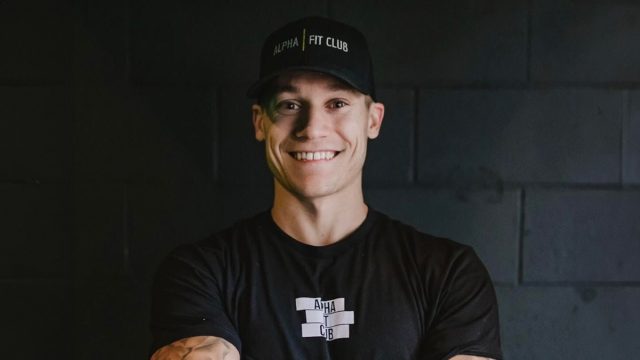
Want to get fit when you don't have much time? For me, circuit-style training allows for efficiency. If designed correctly, you can combine the benefits of strength and conditioning into what I consider a hybrid-style session. Not everyone has the time they'd like to train in the "ideal'" way: Upper Body sessions, Lower Body sessions, Conditioning sessions, etc. It's not to say you can't make those days circuit style either, but typically, you'll see circuits be more total body-focused and infuse conditioning within them as well.
While I've been a competitive athlete my entire life, my real expertise comes from co-founding Alpha Fit Club, a circuit-style strength and conditioning group fitness concept, in 2019. Over the last half decade, I have personally written thousands of circuit-style training sessions, and now I want to share one with you.
First of All, Start With Less and Increase to More
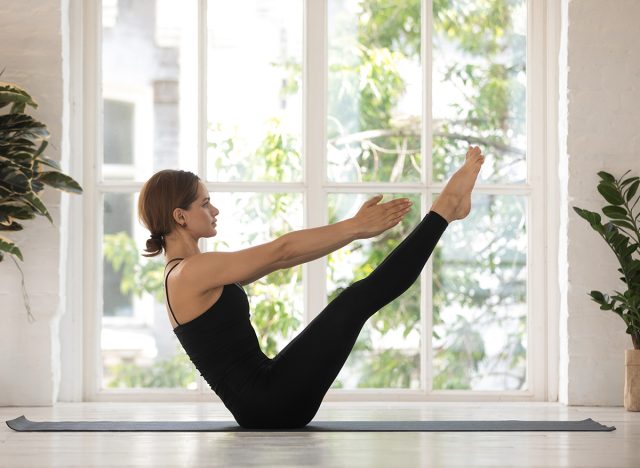
Regardless of if you're going to attack a circuit workout or a workout in general, my recommendation is the same: start with less and gradually increase to more. Being able to train at 70-80% intensity consistently throughout the course of a week is far more beneficial and long lasting then hammering workouts out at 110% effort.
Related: How Many Cookies Cause 1 Lb Weight Gain? A Nutritionist Answers
Approach It With the Idea of Contrasting Exercises
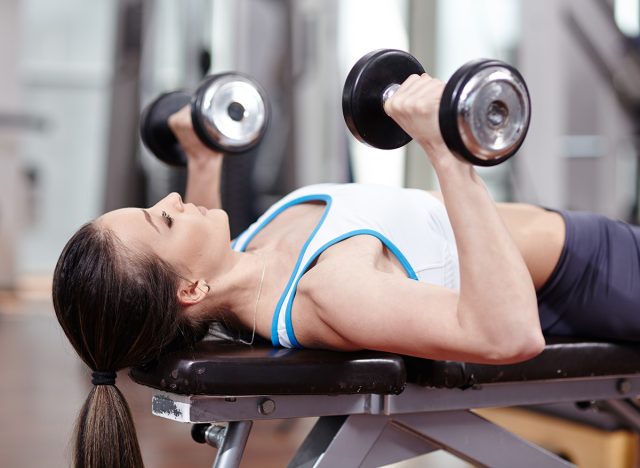
There's no right or wrong way to design a circuit but I would approach it from the idea of contrasting exercises. An example would be a Dumbbell Bench Press paired with a Dumbbell Bent Over Row; these are both horizontal push pulls and balanced one another out. You always want to think about balance.
Two Five-Exercise Circuits For You
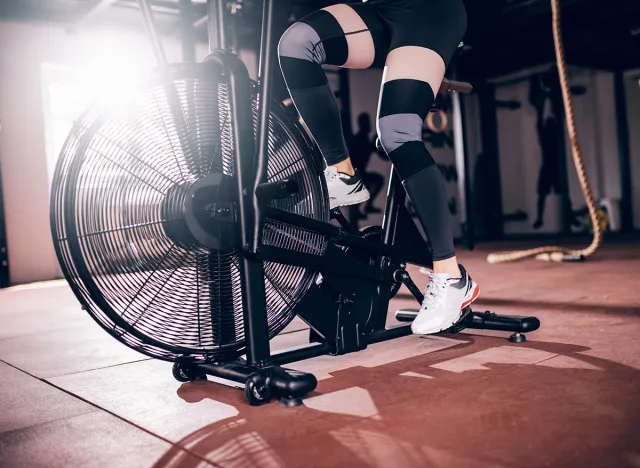
Below are examples of two five exercise circuits you could do within the same session…
1st exercise circuit
- 1 Minute Air Bike
- 10 Dual Dumbbell Front Squat
- 10 Dual Dumbbell Deadlift
- 10 Alternating Reverse Lunges
- 20 Mountain Climbers
2nd exercise circuits
- 1 Minute Air Bike
- 10 Hand Release Push Ups
- 10 TRX Inverted Rows
- 15 Band Pull Aparts
- 20 Alternating V Ups
Why Circuit Training is So Beneficial
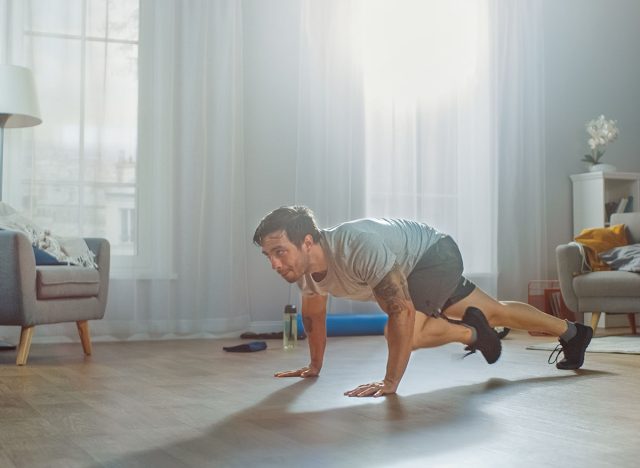
"Several studies have shown that circuit training can elicit increases in both upper and lower body 1-rep max, making it a great exercise to target whole body fitness. Studies have shown major increases in muscle mass in both trained and untrained populations (however, untrained populations demonstrate greater improvements since they have more ability to show improvements in shorter time periods)," says NASM. "Circuit training induces the same anabolic signaling and maximal muscle fiber recruitment that conventional resistance training does — but without the need to use as much weight since there are shorter rest periods between sets."
RELATED: 10 Best Foods to Eat Before and After Fasting, According to Dave Asprey
It Can Even Help You Lose Weight
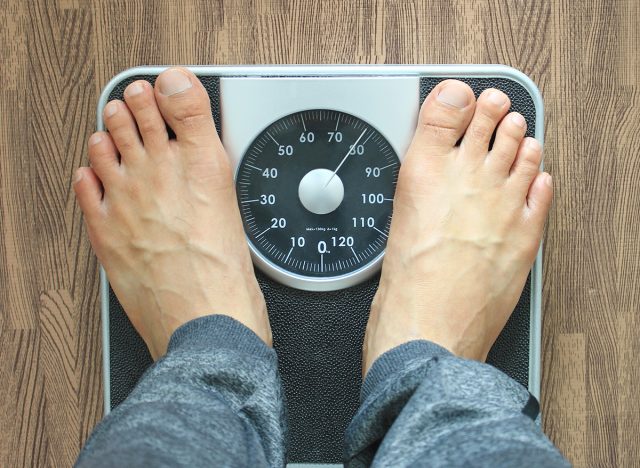
"One meta-analysis investigated several studies looking at the effects of circuit training on aerobic fitness and changes in body mass. They found that circuit training can improve Vo2max and endurance performance by 6.2%! They also found that circuit training elicited major changes in body composition," says NASM. "From the 45 studies that were analyzed, they found that circuit training led to an average reduction of 4.3% in fat mass. The greatest fat loss outcomes were seen in groups that performed circuit training at least three times per week with higher volume training, shorter rest times, and moderate to high-intensity levels."
💪🔥Body Booster: Start your workout with lower intensity and gradually increase it. Consistency at 70-80% effort is better than pushing yourself too hard.
Sam Tooley is a fitness and endurance coaching and the co-owner and founder of Alpha Fit Club




